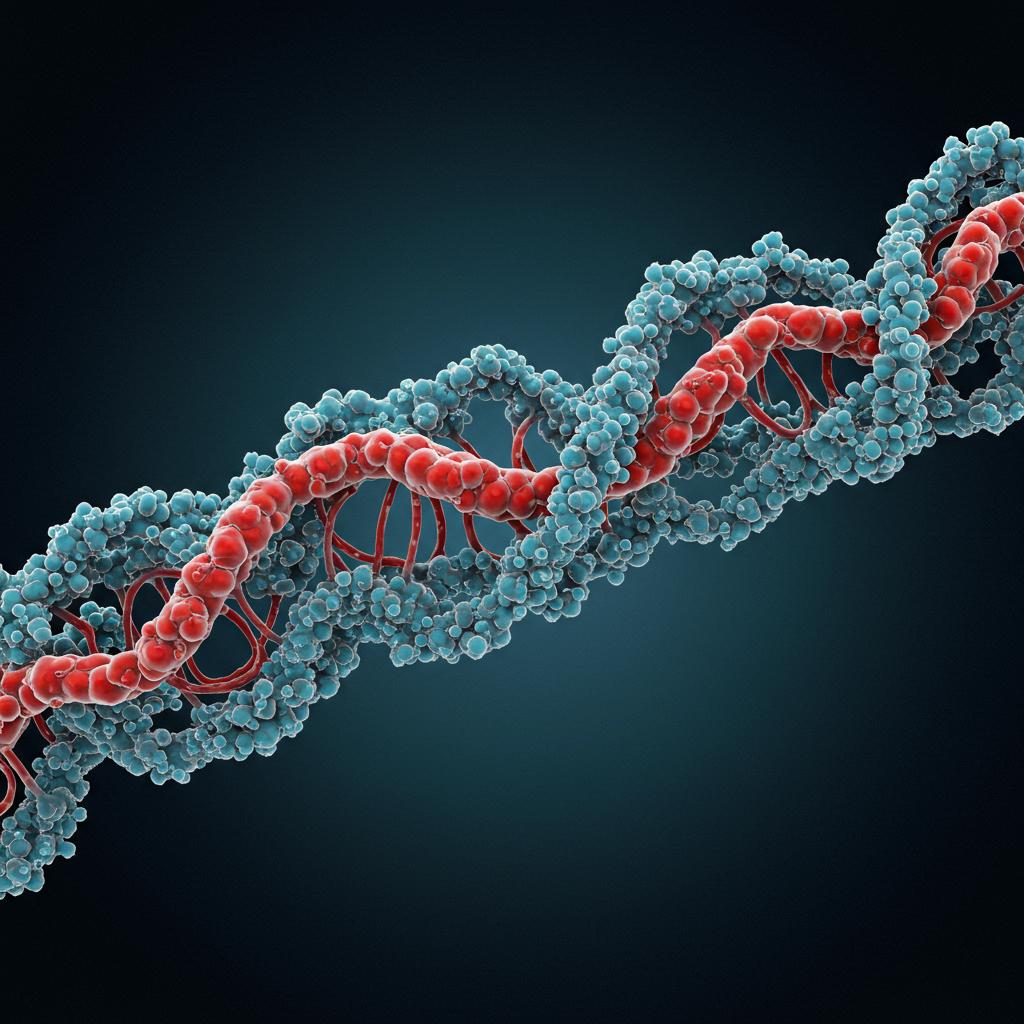
Ever wondered why some proteins are produced more efficiently in certain tissues than others? It’s a fascinating area of research, and it all comes down to something called “codon usage.” Think of codons as the specific three-letter words in the genetic code that tell our bodies how to build proteins. Just like how different regions might favor certain slang or dialects, different tissues in our bodies seem to have their preferred “dialects” of codons.
Scientists have noticed for a while that codon usage and the overall makeup of DNA sequences play a big role in how well proteins are expressed. They also know that different tissues have unique sets of tRNAs (transfer RNAs – little molecules that help assemble proteins) and preferred codon usages within their transcriptomes (the collection of all RNA molecules in a cell). However, until recently, understanding exactly how these tissue-specific codon preferences affected protein production has remained a mystery.
Recent research has shed some light on this puzzle. By diving deep into huge datasets of transcriptomic and proteomic information (basically, comprehensive information on gene expression and protein production) from the GTEx project and the Human Protein Atlas, scientists have started to crack the code. They’ve analyzed data from 36 different human tissues and calculated the ratio of protein to mRNA for each tissue. This ratio serves as a handy indicator of how efficiently translation (the process of making proteins from mRNA instructions) is occurring.
- Machine Learning Reveals Tissue-Specific Codon Preferences: Researchers used machine learning to sift through this mountain of data and identify specific codons that are either enriched or depleted in certain tissues. Interestingly, they found two main clusters of tissues with completely opposite codon preferences.
- Introducing CUSTOM: A Tissue-Specific Codon Optimizer: Based on these findings, they developed a clever algorithm called CUSTOM (Codon Usage Specificity Targeted Optimization Method – quite a mouthful!). CUSTOM helps design synonymous codons (different “words” that code for the same building block of a protein) in a way that maximizes protein production in specific target tissues.
- Real-World Results in Human Cell Lines: Testing CUSTOM in human cell lines provided strong evidence that codon optimization strategies should consider the unique translational machinery of the target tissue. In other words, designing a gene for optimal expression in the liver, for example, requires a different approach than designing one for optimal expression in the brain. CUSTOM demonstrates an ability to design genes with finely tuned tissue-specific expression profiles.
This research has significant implications:
- Proof-of-Concept for Tissue-Specific Codon Preferences: It provides solid evidence that codon usage plays a key role in tissue-specific protein synthesis, solidifying previous suspicions.
- Applications in Synthetic Gene Design: The development of CUSTOM opens up exciting new possibilities for designing synthetic genes, offering a level of control over protein expression not previously achievable.
Imagine the possibilities! This breakthrough could revolutionize various fields:
- Targeted Therapies: Designing drugs that are specifically delivered and active only in the desired tissue, minimizing side effects.
- Vaccine Development: Creating more effective vaccines by optimizing the expression of viral proteins in specific immune cells.
- Biotechnology Advancements: A whole range of applications in biotechnology, including improving the production of therapeutic proteins and engineering cells with customized functions.
The ability to fine-tune protein expression in specific tissues is a powerful tool with immense potential. As our understanding of codon usage and tissue-specific translation deepens, we can expect even more innovative applications to emerge in the future.
